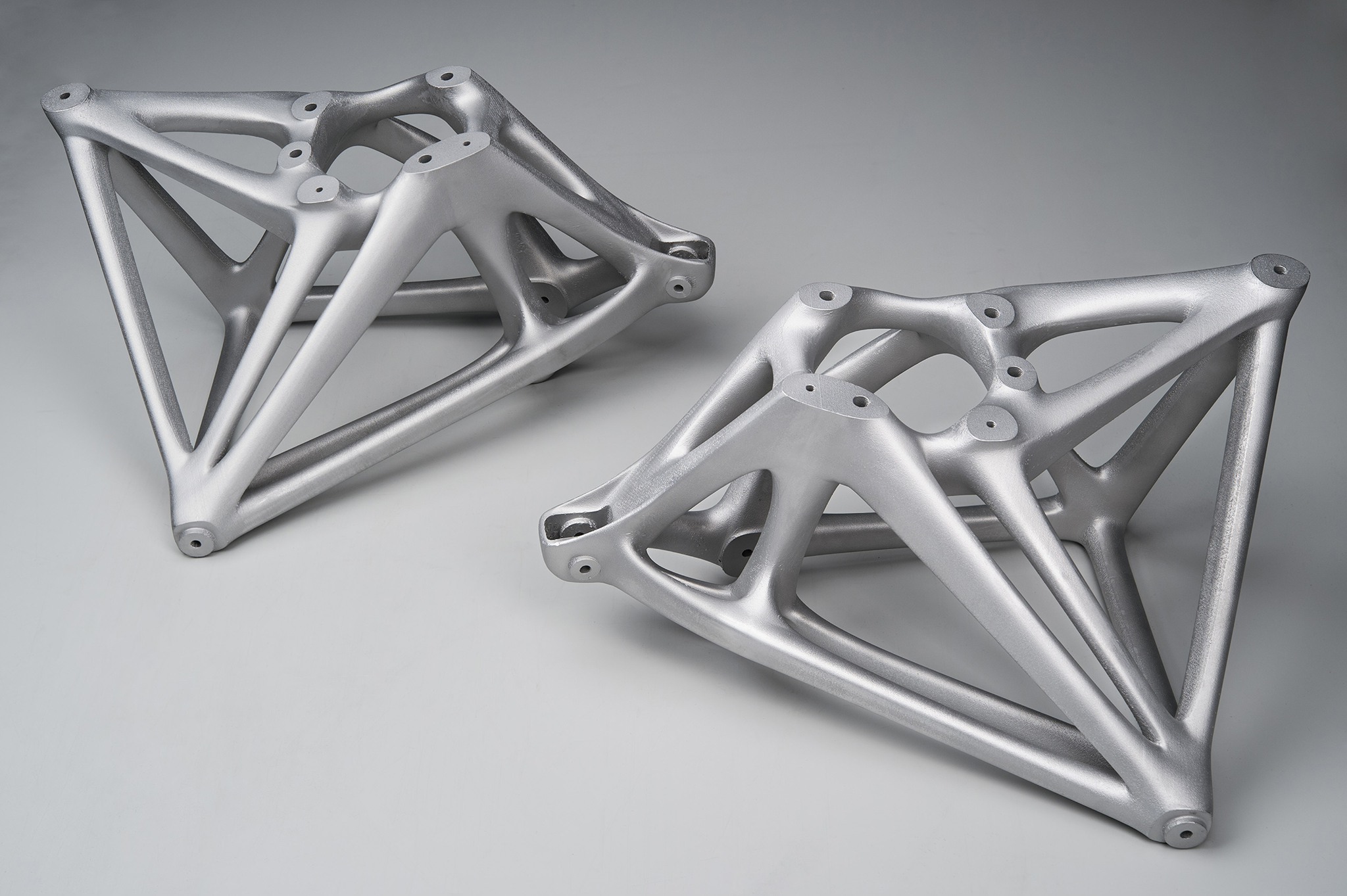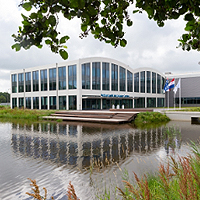At the forefront of innovation in metal additive manufacturing, MAMTeC, the Netherlands’ premier Metal Additive Manufacturing Centre, is driving advancements in the field. Backed by a multidisciplinary team of researchers and a wealth of experience in deposition and powder bed fusion techniques, MAMTeC is uniquely positioned to support the development of complex components, particularly in titanium, nickel, and aluminium alloys. With expertise in aerospace certification and qualification processes, as well as design rules and topology optimisation, MAMTeC is an ideal partner for organisations seeking to harness the potential of additive manufacturing.
NLR Additive Manufacturing Programmes
NLR’s additive manufacturing programmes are designed to accelerate the development and adoption of additive manufacturing technologies. Building on the success of its Phase I programme, which explored the Laser Powder Bed Fusion process, NLR has embarked on a Phase II programme, focused on creating high-tech, high-specification products that push the boundaries of what is possible in additive manufacturing. By participating in these programmes, organisations can gain access to advanced additive manufacturing capabilities, collaborate with fellow participants, and receive intensive support and knowledge sharing to develop new or optimised high-tech products. Moreover, NLR brings over 45 years of experience in advanced product development for aerospace applications, ranging from preliminary design to certified product, and has dedicated facilities for advanced product manufacturing and testing. This expertise enables organisations to apply new materials for demanding applications, develop new manufacturing strategies, and ultimately drive innovation and growth.
NLR can support you with:
- Designing and manufacturing one-off products, prototypes, or small series using metal additive manufacturing.
- Developing and optimising metal additive manufacturing applications to meet your specific needs.
- Characterising the mechanical properties and microstructure of your metal additive manufacturing products in comparison to conventionally manufactured counterparts.
- Building a robust business case for metal additive manufacturing, including cost-benefit analysis and return on investment assessments.
- Conducting trade-off studies to evaluate the benefits and drawbacks of metal additive manufacturing versus conventional processes.
- Establishing procedures for certifying metal additive manufacturing products to ensure compliance with industry standards.
- Implementing metal additive manufacturing technology within your organisation, including training and support for your team.
- Predicting and mitigating the risk of cracking and support failure during metal additive manufacturing production using numerical simulations.
- Simulating the deformed part shape after metal additive manufacturing production to optimise post-processing and ensure dimensional accuracy.

